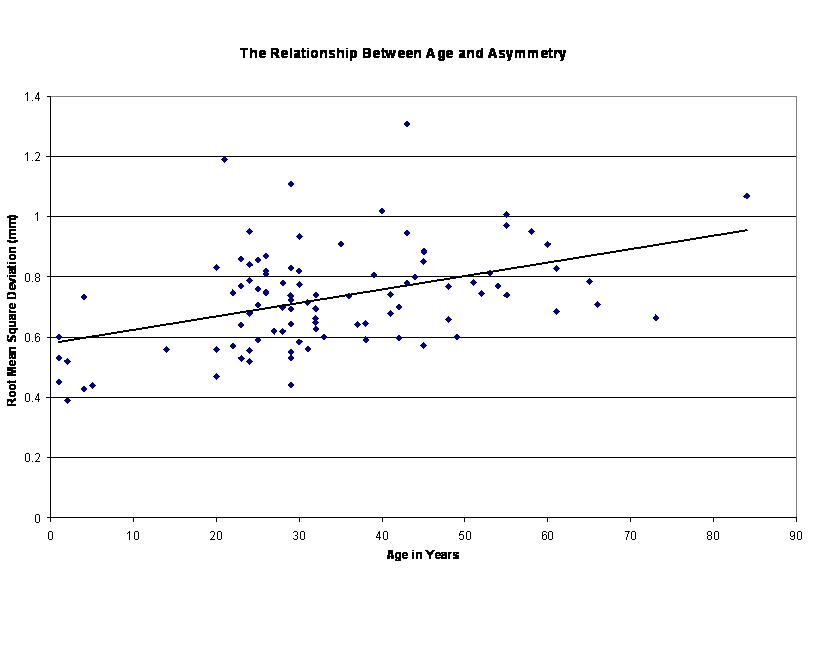|
Back to 2011 Program
The Relationship Between Age and Facial Asymmetry
Clinton S. Morrison, MD, Benjamin Z. Phillips, MD, Johnny T. Chang, MD, Stephen R. Sullivan, MD, MPH, Helena OB Taylor, MD, PhD.
Warren Alpert Medical School of Brown University, Providence, RI, USA.
BACKGROUND:
Facial symmetry is a fundamental goal of Plastic Surgery, yet some asymmetry is inherent to any face. Historically, facial asymmetry could be measured only by direct anthropometry, which is both time consuming and difficult in children. Three dimensional (3D) photogrammetry allows rapid, reproducible, and reliable quantitative linear, angular, and surface cephalometric measurement. We used 3D photogrammetry to quantitatively explore the relationship between facial asymmetry and age in a population of normal volunteers. We hypothesize that faces become more asymmetrical with time, and that one approach to facial rejuvination or reconstruction may entail restoration of symmetry.
METHODS:
Following IRB approval, volunteers with no history of craniofacial disorders, facial surgery, or facial trauma were recruited. We captured facial surface scans of subjects in repose using the Canfield™ VECTRA stereo photogrammetry system. Facial symmetry calculations were performed within the Canfield™ VECTRA software package by quantitatively identifying a plane of maximum symmetry, and calculating the root mean square deviation (RMSD) between native and reflected surfaces. Three independent observers calculated the RMSD for each study subject. The Pearson correlation coefficient (r) was used to evaluate the relationship of measured facial symmetry scores among the three observers (inter-observer reliability) as well as the potential relationship between age and symmetry.
RESULTS:
We recruited 97 volunteers. The average age was 35.1 years (range 1-84). We found a significant correlation of measured facial symmetry scores among the three observers, indicating high inter-observer reliability (r=0.91 to 0.95, P<0.0001). Therefore, all facial symmetry measurements were combined and averaged for all subsequent analyses. RMSD calculations of right to left facial symmetry in the volunteer population clustered between 0.4 and 1.2mm. There was a highly statistically significant correlation between increasing age and increasing facial asymmetry ( p<0.001, r=0.43). This was equivalent to a 4% increase in asymmetry for each decade of life.
CONCLUSIONS:
Little quantitative data exists on normative surface facial symmetry. Traditional direct anthropometry has only allowed for the measurements of distances or angles and determination of surface symmetry was largely subjective. 3D photogrammetry allows rapid and reproducible data, which enables a quantitative understanding of facial asymmetry. We found that increasing age is associated with a higher degree of facial asymmetry. Future work will focus on identifying the contributing factors and regions of increasing asymmetry. Relaxing skin tension and asymmetric musculoskeletal changes likely both contribute to asymmetry. While the amount of asymmetry varies in the normative population with a normal distribution with RMSD values clustered between 0.4 and 1.2mm, our data suggests 18% of this variation is accounted for by age, and that asymmetry increase by 4% each decade. We hope to contribute to a better understanding of how facial asymmetry evolves with time in order to improve outcomes in both reconstructive and aesthetic surgery. 
Back to 2011 Program
|







